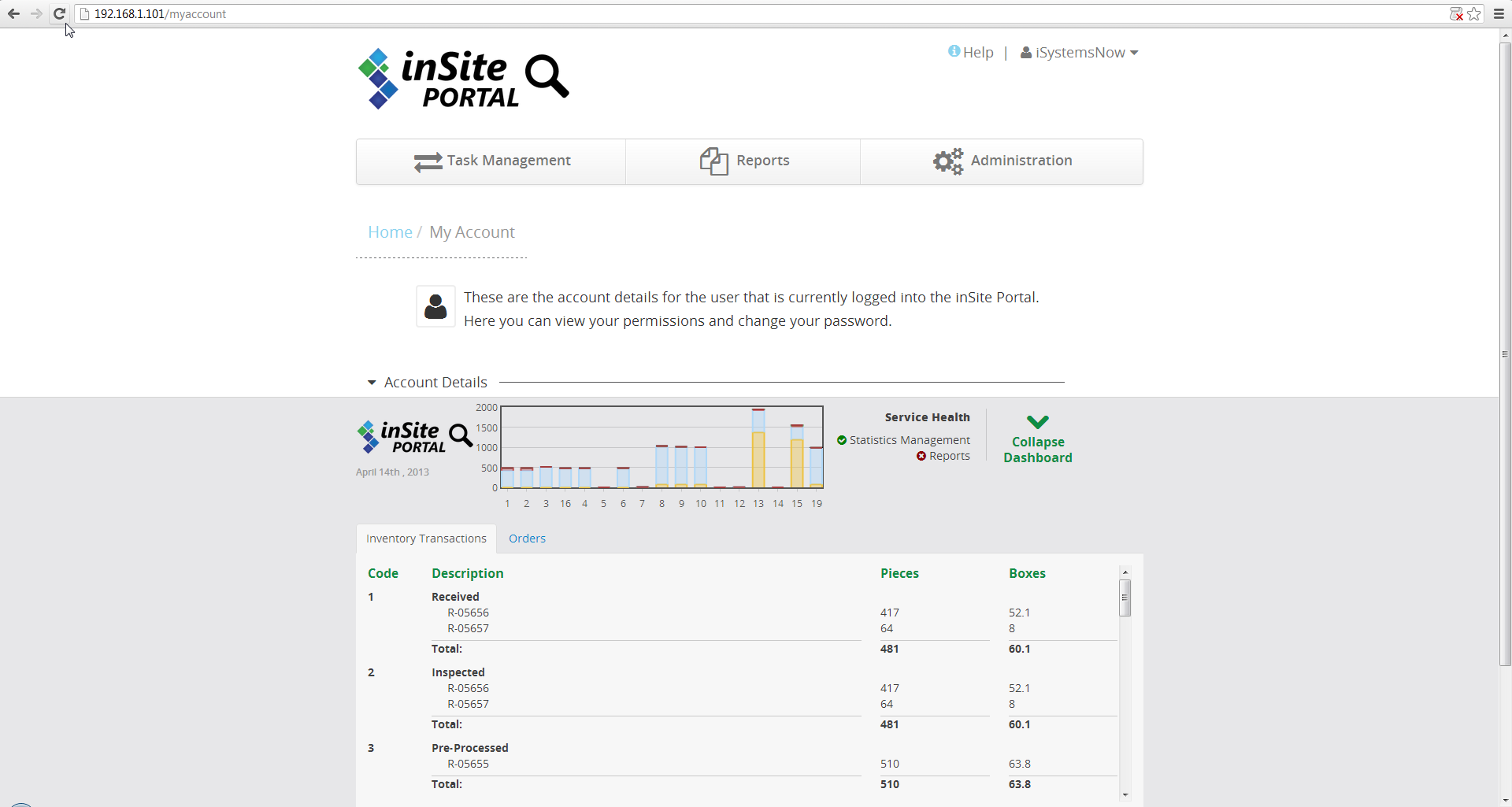
Dashboarding is a concept that involves displaying key performance indicators (KPIs) on a screen for operators to view and make instantaneous informed decisions about production. It is customized for each facility to highlight the data that matters most. This data is typically aggregated and shown on one screen to be used as a main viewport into the system.
Reports are useful for looking at historical data. They allow you to set pre-defined parameters to pull up information that has happened in the past. This can be good for looking at what happened last shift, last week, or last month. The data is static and often exportable in PDF or CSV formats for further data mining and analysis at meetings. What if you want to access to what is happening right now? Reports don’t work very well for this purpose. It would require setting parameters, pulling up multiple reports, and trying to understand how all values integrate together. By the time this happens, your data is old and no longer applies to what you were trying to figure out in the first place.
Instead, it is far more valuable to have a single page that takes totals, averages, and percentages from the database and displays them in a way that gives a holistic view of how well your system running. The dashboard user experience is designed to show this in a series of graphs, charts, maps, and colours to make things easy to understand. Targeting a certain number of items for a shift? Show the percentage of these items that are finished items. Curious about the makeup of item orders for the week? Graph the totals as a pie chart to show the distribution. It sounds like a simple concept, but it can make a huge difference when trying to make informed decisions.
Dashboards and trending aren’t anything new, but porting them to the web often brings up complexities that your contractor may not know how to deal with. Working with HTML standards and supporting multiple browsers can be a headache. If you choose a company that is inexperienced with web solutions, your operators may find it difficult to trust the data, but choosing a company with web application experience will result in a quick migration and user adoption. Senior management and decision makers can get at the data without having to install cumbersome software or making a trip across the facility to view it in a control room. By bringing a dashboard out of a desktop application and moving it into a webpage opens up a whole new world of possibilities.

